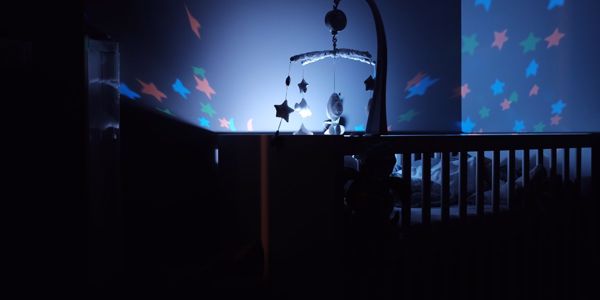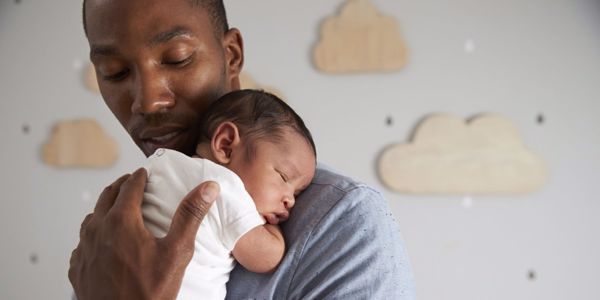Choosing the right baby monitor is a big decision for new parents. Should you buy a video, audio-only or smart monitor? Do you need an integrated temperature sensor, or will a standalone thermometer be enough?
There are a lot of different options and baby monitors can vary greatly in price and functionality. Here, Which? baby monitor expert Matt Knight reveals the most important baby monitor features and how they will meet your needs to help you understand what’s best for you.
Parent Unit
For video baby monitors, consider the screen size of the parent unit, which generally ranges from three to over seven inches, impacting both functionality and price. Whatever model you go for, you want to make sure you’re able to see and hear your baby clearly.
Look out for additional features, such as a clip for easy attachment to your clothing or a secure stand to ensure the screen can be propped up and easy to view. You want to get a baby monitor that has a parent unit with a decent battery life, otherwise it will constantly need recharging.
If you opt for a smart baby monitor, you have the option of using your phone to monitor your baby, eliminating the need for a separate parent unit. But bear in mind it will drain your phone’s battery life.
Lullabies
Creating a soothing environment for your baby will help them to drift off, and many baby monitors come equipped with pre-installed lullabies. These melodies can help to lull your baby into a peaceful sleep.
Some monitors offer audiobook playback, and a few even allow parents to record and play personalised messages from family members and loved ones, but these tend to be on the pricier side.
Temperature Sensor
Maintaining an optimal room temperature is crucial for your baby's well-being. Knowing whether you need to add a blanket or open a window will help you to care for your baby. You can buy a dedicated room temperature thermometer, or get a baby monitor with an integrated temperature sensor.
Some monitors with this feature provide whole-degree readings while others display more detailed decimal point measurements. We check the accuracy of temperature sensors on every baby monitor we test and we’ve found some that are precise and others that are quite hit and miss.
Sound-Sensitive Lights
In situations where the sound needs to be muted or if you are hearing-impaired, visual indicators can be invaluable. Sound-sensitive lights offer a visual representation of your baby's activity, with quality monitors providing multiple levels of lights.
This feature allows parents to distinguish between different sounds solely through visual cues, ensuring awareness even when the audio is muted. It's a practical solution for maintaining vigilance in various scenarios, such as when you’re looking after more than one child, when you have guests visiting or during important phone calls.
Look for monitors with at least five or six levels of lights so that you can easily distinguish between snuffling sounds and full-on cries.
Wi-fi Capability
Smart baby monitors can cost a bit more, but wi-fi can be a game-changer. Most models include a parent unit, while others enable remote monitoring through a smartphone or tablet app, providing flexibility beyond the traditional parent unit.
Unlike a traditional parent unit that’s restricted to the house or garden at most, wi-fi monitors can operate anywhere with a robust wi-fi signal, ensuring continuous monitoring even when you are not at home. This is ideal if one parent is travelling and wants to check-in on their little one.
Although smart baby monitors offer a lot more versatility, they can also pose a risk to your privacy and security. Take a look at could my baby monitor get hacked to see our tips and advice for keeping your baby monitor secure from hackers.






